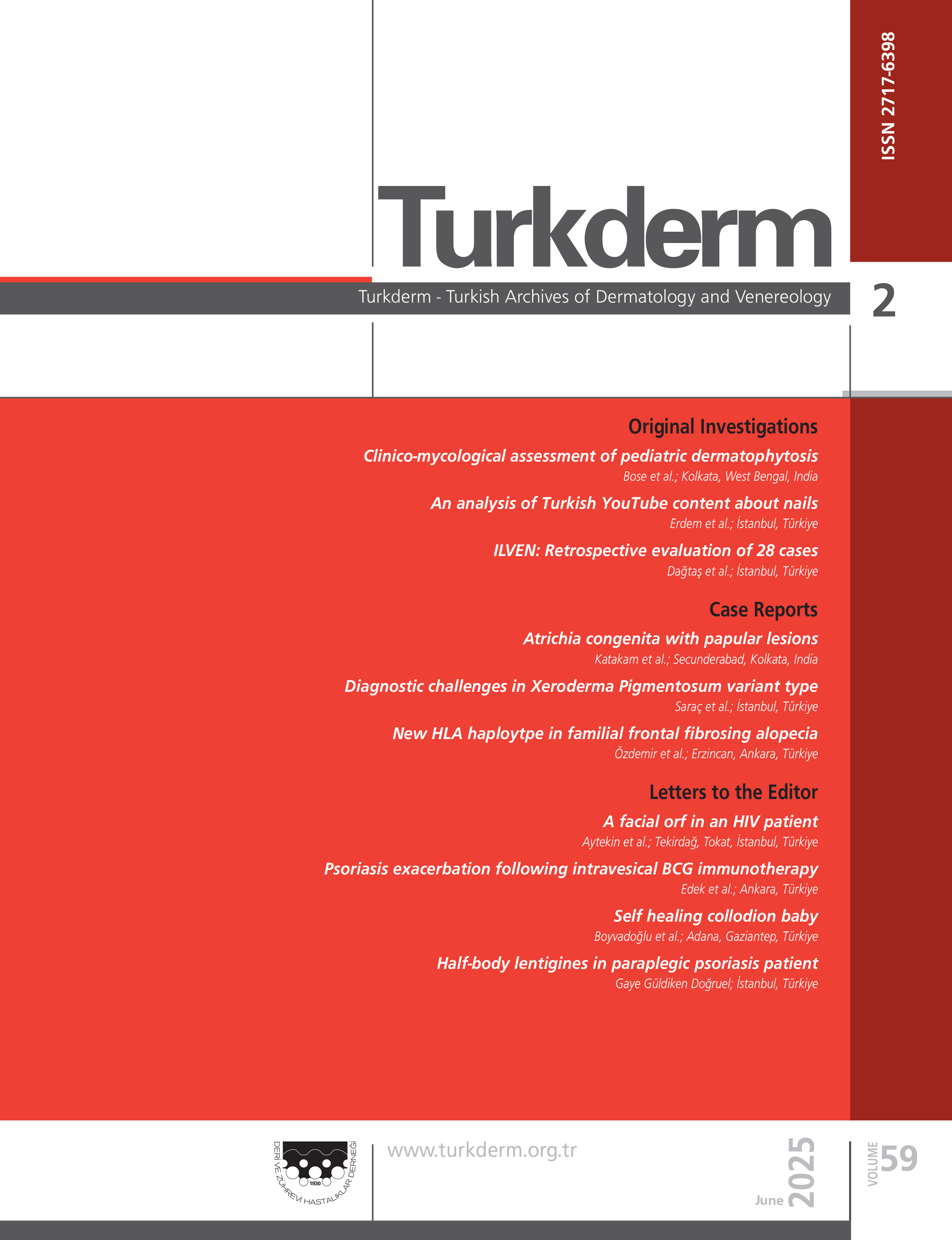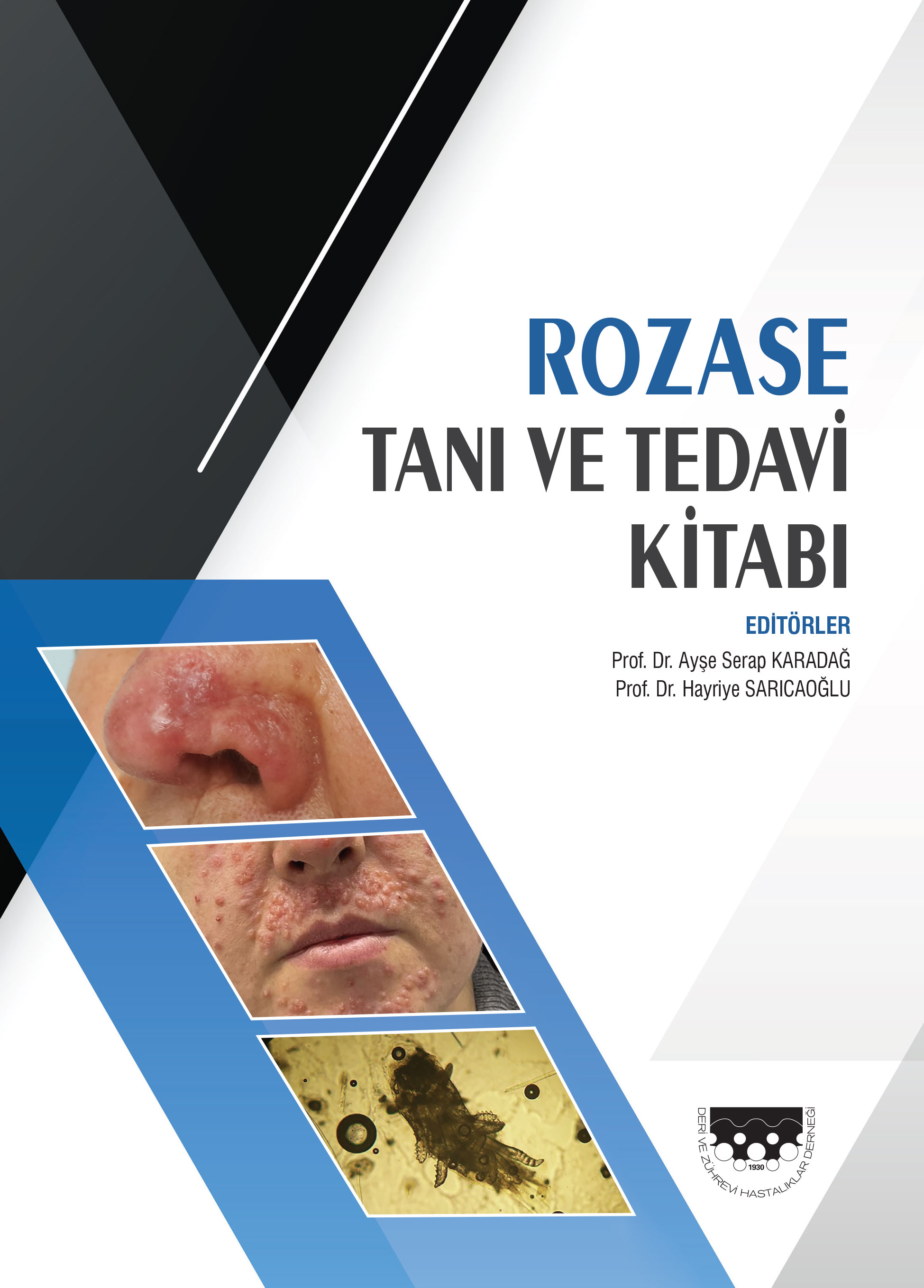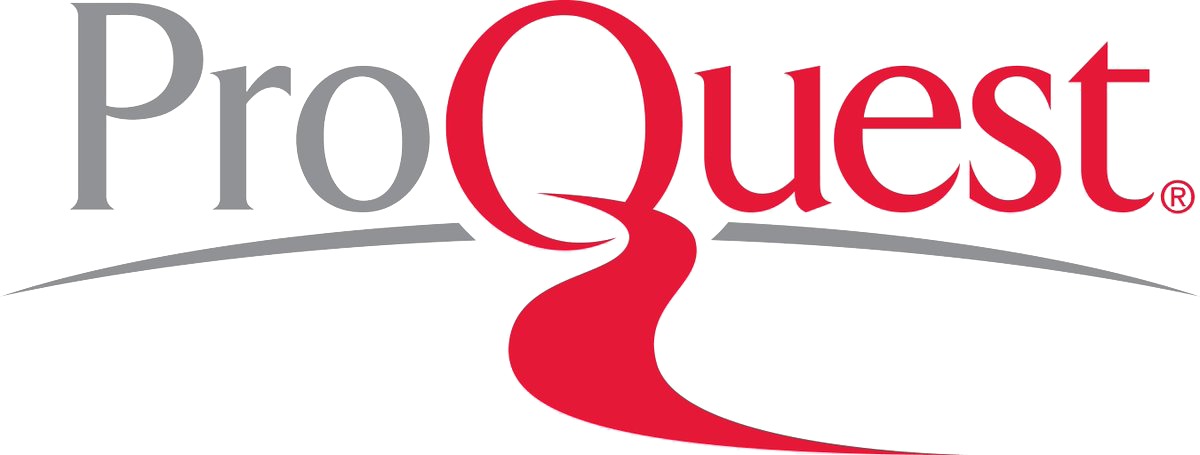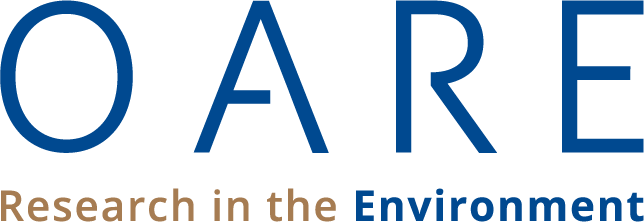Volume: 55 Issue: 4 - 2021
| 1. | Cover Pages I - VI |
| EDITORIAL | |
| 2. | Editorial Pages 156 - 157 |
| REVIEW ARTICLE | |
| 3. | In vivo reflectance confocal microscopy terminology in theTurkish language Fezal Özdemir, Mehmet Salih Gürel, Işıl Karaarslan, Vefa Aslı Turgut Erdemir, Ayşe Esra Koku Aksu, Ayda Acar doi: 10.4274/turkderm.galenos.2021.77392 Pages 158 - 168 In vivo reflectance confocal microscopy (RCM) is a diagnostic method to examine a skin lesion at the cellular level in vivo without biopsy. It provides non-invasive, high resolution imaging for diagnosis and follow-up of malignant, benign skin tumors and inflammatory dermatologic diseases, and its use is spreading worldwide. Standard terminology which has been used in RCM was described earlier in the English language. This study aimed to propose a Turkish terminology for RCM to allow Turkish-speaking dermatologists to communicate in a homogeneous language and familiarize themselves with the terminology of this new diagnostic technic. Six Turkish-speaking dermatologists with RCM experience participated in the study. RCM terminology used in English was determined and translated into Turkish. Turkish terms and their definitions were reviewed by each participant and the consensus was provided in the group. Finally, philology department examined the last version of the terms and the study was finalized. The terms, definitions and the translations of the terms have been identified, and the Turkish RCM terminology has been created and shown. Turkish RCM terminology will provide Turkish-speaking dermatologists to describe their findings in a homogenous language. |
| ORIGINAL INVESTIGATION | |
| 4. | Change in dermatology practice during crisis and normalization periods after the COVID-19 pandemic and potential problems awaiting us Çağrı Turan, Ümran Öner, Nurcan Metin doi: 10.4274/turkderm.galenos.2021.87269 Pages 169 - 177 Background and Design: This study aimed to reveal the effects of the crisis period and normalization process after the Coronavirus disease-2019 (COVID-19) pandemic on dermatology practice to anticipate future health problems. Materials and Methods: All patients were enrolled from the dermatology outpatient clinics between February and July 2020 (pre-COVID-19 period, crisis period, and normalization period). Data such as age, sex, application dates, diagnoses, and treatment methods were received from the electronic registration database. Results: The number of patients in the normalization period (32.3%) increased relative to that in the crisis period (11.5%), and it was significantly lower than that before the pandemic (56.2%). Remarkably, the change in the distribution of stress-related diseases, such as idiopathic generalized pruritus, alopecia areata, and herpes zoster, stably paralleled each other and the increase and decrease trends during the crisis and normalization periods, respectively. The increase in the frequency of contact dermatitis, which was not reflected in the crisis period, became evident in the normalization period (p<0.001). No significant change was found in the rate of scabies (p=0.276). However, the number of patients with scabies was remarkably decreased. Conclusion: The decrease in stress-related diseases indicates that social stress started to decrease with normalization. Scabies and venereal diseases, which concern public health, should not be neglected. Disease rates and the number of patients provide an idea about potential problems after the pandemic. Understanding the trends in dermatological diseases and the changing health system during the pandemic will aid in solving future problems. |
| 5. | Sun protection behaviors and its affecting factors in parents of kindergarteners Adem Sümen, Selma Öncel doi: 10.4274/turkderm.galenos.2021.25428 Pages 178 - 183 Background and Design: Sunlight exposure during childhood is one of the main risk factors for skin cancer in adulthood. Therefore, one primary strategy to prevent skin cancer is to protect children from ultraviolet (UV) light. This study aimed to assess the risk level, perceptions, and knowledge level of skin cancer and the associated factors in parents of kindergarteners, as well as determine sun protection behaviors for both parents and their children. Materials and Methods: This was designed as a cross-sectional study, and data were collected from the parents of children at 10 kindergartens associated with the District National Education Directorate. Parents of 1,147 students participated in the study. Results: The Skin Cancer and Sun Knowledge Scale mean score of parents was 13.01±3.43 (range: 0-25) and the Sun Protection Behavior Scale mean score was 25.46±5.73 (range: 8-40). The sun protection behaviors that were least preferred by parents for their children were protective clothes (37.3%) and sun protection products (29.0%). The most common protection behaviors of parents involved making their child wear a hat (25.2%) and stay in the shade (22.0%). Sun protection behaviors of children were affected by the childs age, gender, skin type, time spent in sunlight during summer, formation of sunburn during the last year, having a medical examination for skin, and skin cancer risk perception (p<0.05). Conclusion: The parents knowledge about skin cancer and sun protection as well as sun protection for themselves and their children was moderate. Behaviors of parents are very important to decrease the exposure of children to UV light and reduce skin cancer incidence. Thus, improving parental behaviors is an important strategy. |
| 6. | Role of GDF-15 as an inflammatory marker in patients with psoriasis vulgaris Mustafa Kaan Taşolar, Gamze Erfan, Onur Raimoğlu, Hülya Albayrak, Mehmet Emi&775;n Yanık doi: 10.4274/turkderm.galenos.2021.73444 Pages 184 - 188 Background and Design: Psoriasis is a chronic, inflammatory disease, and several biochemical markers play role in its inflammatory process. This study measured the levels of interleukin-12 (IL-12), IL-17a, IL-22 and IL-23, high-sensitivity C-reactive protein (hs-CRP), tumor necrosis factor-alpha (TNF-α) and serum growth differentiation factor-15 (GDF-15) and aimed to detect the relationship of serum GDF-15 level with inflammation and disease severity. Materials and Methods: This study included 50 consecutive patients diagnosed with plaque-type psoriasis. For all patients, dermatological examinations were performed, and psoriasis area severity index (PASI) scores were recorded. Patients with PASI <10 were considered to have mild (group 1), 10-20 moderate (group 2), and >20 severe (group 3) psoriasis. Results: No difference was observed between the patient and the control groups in terms of age, sex, IL-17a and IL-22. A statistically nonsignificant difference was detected in terms of IL-12 and IL-23. However, there was significant difference between two groups in terms of hs-CRP, TNF-α and GDF-15. GDF-15 was significantly different in all three groups (p<0.001). A significant correlation was observed between PASI score and disease duration (p=0.005), hs-CRP (p=0.003), TNF-α (p=0.002), and serum GDF-15 levels (p<0.001). The serum GDF-15 level that can predict a high PASI score was >1498.5 pg/mL (area under the curve: 0.813, p<0.001) in the receiver operating characteristic curve analysis. This study is mainly limited by the lack of follow-up and pre- and post-treatment assessment. Inflammatory markers were measured only in the serum, and their tissue levels are unknown. Conclusion: In addition to PASI score, GDF-15 levels can be a guide in monitoring treatment and systemic inflammation, determining the disease severity, and providing efficient treatment. |
| 7. | Evaluation of mean platelet volume and platelet count in patients with hidradenitis suppurativa Alkım Ünal doi: 10.4274/turkderm.galenos.2021.95680 Pages 189 - 192 Background and Design: Hidradenitis suppurativa (HS) is a chronic inflammatory condition of the apocrine glands. The mean platelet volume (MPV) is a risk factor for many inflammatory diseases and can be used as a marker of inflammatory response. This study aimed to evaluate the MPV and platelet count in patients with HS and compare them with those of healthy controls. Materials and Methods: Between September 2014 and October 2019, 97 patients diagnosed with HS and 78 healthy controls were included. Their MPVs and platelet counts were compared retrospectively. Results: The MPV was 10.17±0.94 in the patient group and 9.53±0.63 in the control group, with the difference being significant (p<0.05). No significant difference was noted between the groups in terms of platelet values. Conclusion: The MPV was significantly higher in patients with HS than in healthy controls. Based on this finding, the MPV may be used as an inflammatory marker in this patient group. |
| 8. | Age distribution of psoriasis clinical types: A single center study Hasan Alakbarov, İlgen Ertam, Ayda Acar, Bengü Gerçeker Türk, İdil Ünal doi: 10.4274/turkderm.galenos.2021.34032 Pages 193 - 198 Background and Design: Psoriasis is a multifactorial, chronic inflammatory skin disease. Clinical and epidemiological parameters in psoriasis may vary in different age groups. The age of the patient is significant in the choice of treatment. We therefore aimed at performing a general and comparative assessment of epidemiologic and clinical parameters of patients with psoriasis according to four age groups. Materials and Methods: We assessed the files of patients with psoriasis who applied to our clinic between 2006 and 2016. Sex, age, duration of disease, family history of psoriasis, clinical types, psoriasis area and severity index, nail and joint involvement, associated comorbidities and dermatoses, and treatments for psoriasis were obtained from the patient files. They were then evaluated comparatively in four age groups: 0-18 years, 19-40 years, 41-65 years and over 65 years. Results: We enrolled 374 patients (54.3% male, 45.7% female). Age of the patients were between 6 years and 85 years (mean: 42.17±18.54 years), with 16% of the patients between the age of 0-18, 26.7% between 19-40, 45.5% between 41-65 and 11.8% above 65. Guttate psoriasis and generalized pustular psoriasis were observed more frequently in females (p=0.001). Plaque psoriasis was the most observed clinical type in all age groups, while between the age of 0-18 years, the frequency of guttate psoriasis (31,7%) increased significant compared to that in other age groups (p<0.001). Nail involvement in 41-65 years occurred in 64.7% of patients, while it was 18.3% in the 0-18 age group (p<0.001). Frequency of joint involvement was identified in 1.7% of the 0-18 age group, 4% of 19-40 age group, 8.8% of 41-65 age group and 9.1% of the age group above 65 years (p<0.001). Frequency of comorbidities significantly increased with increase in age (p<0.001). Conclusion: In this study, age was noted as a significant factor in distribution of clinical types, nail and joint involvement, comorbidities and selection of treatment modalities. |
| CASE REPORT | |
| 9. | Isotretinoin induced dysuria: A case report and review of literature about urological effects of isotretinoin Müge Göre Karaali doi: 10.4274/turkderm.galenos.2021.81073 Pages 199 - 202 Isotretinoin is often used in the treatment of severe acne. However, many adverse reactions were reported, including mucocutaneous, metabolic, neurological and psychiatric, ophthalmologic, hematologic side effects and teratogenicity. The mucocutaneous are the most common side effects and often develop in a dose-dependent manner. I present a case of a 20-year-old male with the unusual non-specific dysuria only and review the literature on the urological effects of isotretinoin. |
| 10. | A case of Brucellosis with skin eruptions Yeşim Akpınar Kara doi: 10.4274/turkderm.galenos.2021.59319 Pages 203 - 205 Brucellosis is the most widespread zoonotic infection. Severe complications involving the musculoskeletal, nervous, genitourinary, and cardiovascular systems could be encountered during the course of the disease. However, cutaneous complications are rarely discussed. I present a case of Brucella with vulvar abscess and skin purpura. Brucella is an infectious disease that should always be kept in mind in the differential diagnosis of skin rashes and lesions of the vaginal mucosa. |
| LETTER TO THE EDITOR | |
| 11. | Arbor cutis resulting from using topical imiquimod for treating actinic keratosis and squamous cell carcinoma in situ Gülsün Hazan Tabak, Neslihan Akdoğan, Gonca Elçin doi: 10.4274/turkderm.galenos.2021.40370 Pages 206 - 207 |
| TIPS FOR INTERVENTIONAL DERMATOLOGY | |
| 12. | Burrows graft: A simple and time-saving alternative for nasal skin repair after surgery Leyla Huseynova Terzi, Gonca Elçin doi: 10.4274/turkderm.galenos.2021.41196 Pages 208 - 209 |
| DERMOSCOPY FOR ALL DERMATOLOGISTS | |
| 13. | In misleading histories: Key role of dermoscopy Gamze Erfan doi: 10.4274/turkderm.galenos.2021.54936 Pages 210 - 212 |
| THE OBITUARY | |
| 14. | Acı Kaybımız Prof. Dr. Cem Mat Pages 213 - 214 |
| INDEX | |
| 15. | Subject Index Pages E1 - E3 |
| 16. | Referee Index Page E4 |
| 17. | Author Index Pages E5 - E6 |























